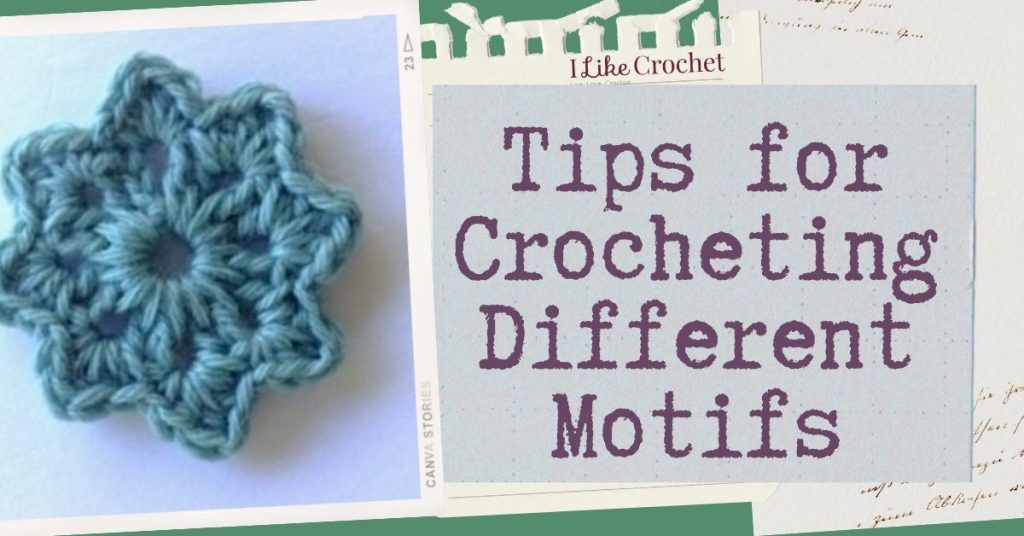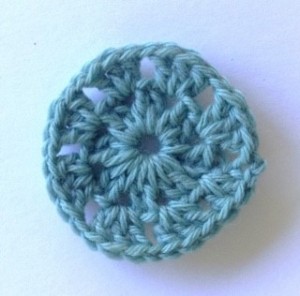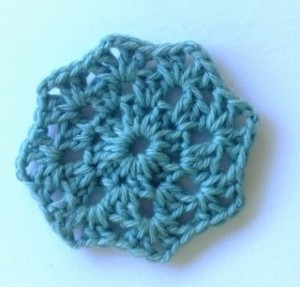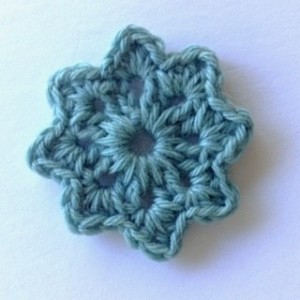
Crocheters love motifs. Motifs are fun, great little projects to carry around, and quick to complete for that instant gratification. They also offer so much versatility in shape, color, and texture. The possibilities are endless.
But motifs can be tricky to work. If you’ve had trouble achieving the correct number of sides on a motif, you are not alone in your quest to make those corners not turn out round. This is quite a common problem. Turning a circle into a square, a triangle, an octagon, or any shape with corners can be baffling. How to get those defined corners, every time? Here are some tips.
One of the likely reasons your motifs are coming out round and not with defined corners is because there are not enough stitches to go around the corner. If you don’t have enough stitches to elongate the corners, then the fabric will not be able to stretch to the points as needed. Another reason could be that you are not working in the corner stitch every time, which can cause your finished motif points to shift and to look misshapen.
Some things to try:
Maybe you are not working the corner stitches in the exact corner point. If following a pattern, use removable stitch markers to make your corner stitches. This way you have a clear visual of the exact stitch placement to work the next row/round of corner stitches into.
If you are working in the corners but still getting curve edges, maybe there are not enough stitches being worked. Three techniques to use use are: 1) increase stitches separated by chain stitches, 2) gradual increase and decrease in stitch height, and 3) blocking out the corner points.
1) With the “increase stitches separated by chain stitches” technique your corners are formed by working a few stitches in the corner with a chain (or 2) in the center.
Some examples of how to work the corner stitches: (sc, ch 1, sc), (2 dc, ch 1, 2 dc), (3 tr, ch 2, 3 tr).
2) With the “gradual increase and decrease in stitch height” method, start with the shortest stitch, then gradually increase the stitch height to the apex, then descent back to the shortest stitch.
An example of how to work this type of corner is: (sc, hdc, dc, hdc, sc) in same stitch.
3) Finally, wash and block the motif, pinning out the points will further help the corners to stand out.
Give these tips a try on your next motif and see how much more defined your motif corners can be.






I don’t have a printer available right now is there anyway it could be mailed to me please?
Hi Rebecca, unfortunately we are not able to mail things to our customers as we are digital-only and do not have a print component.